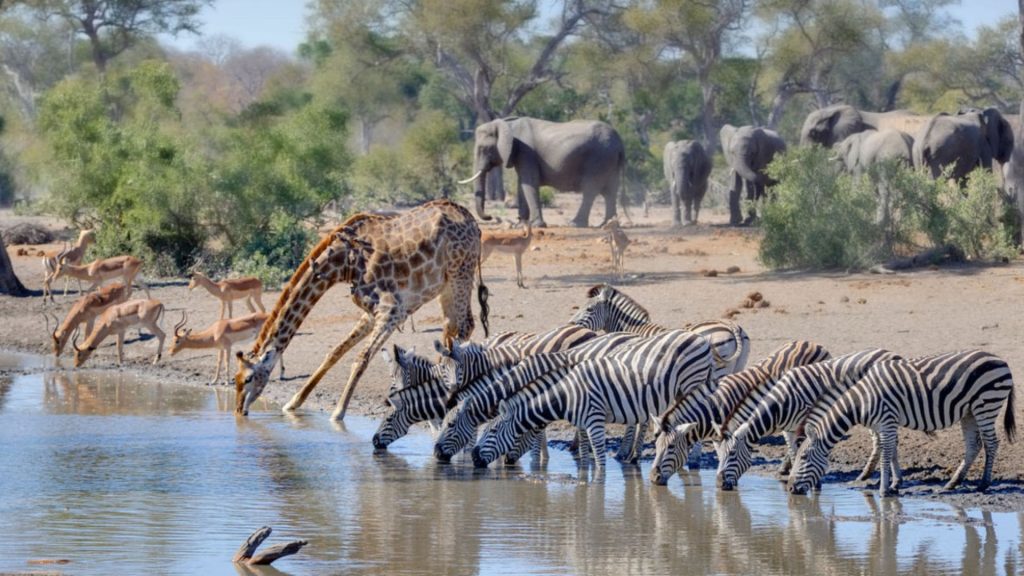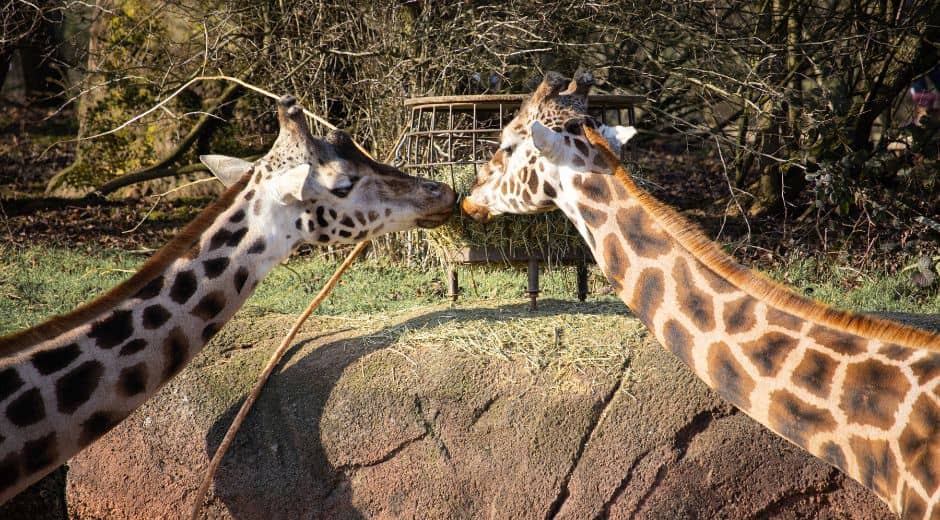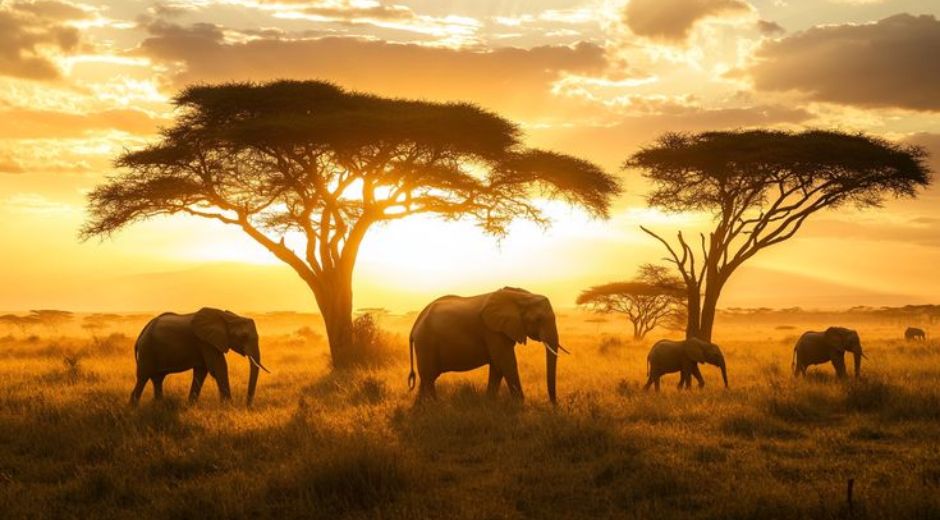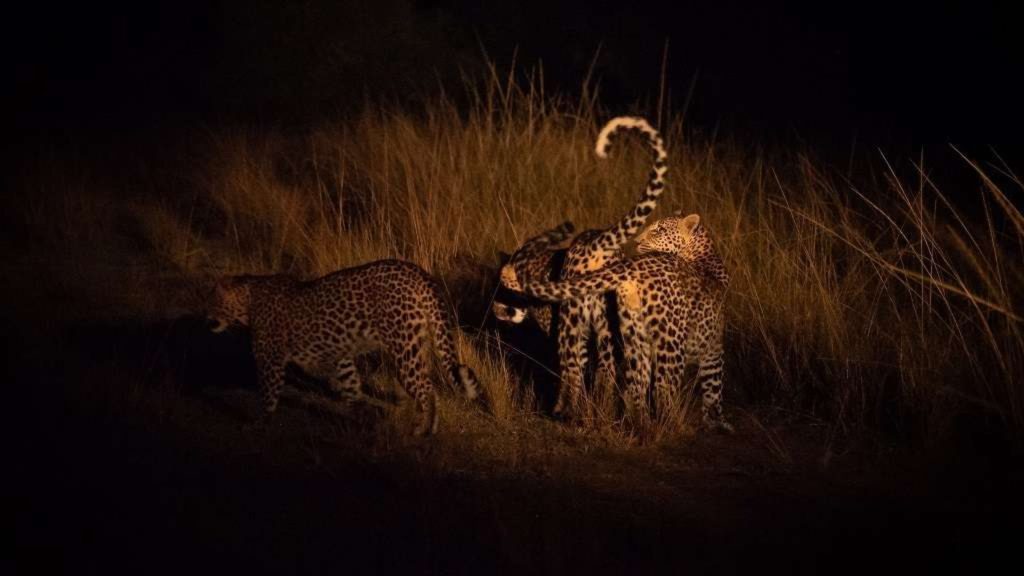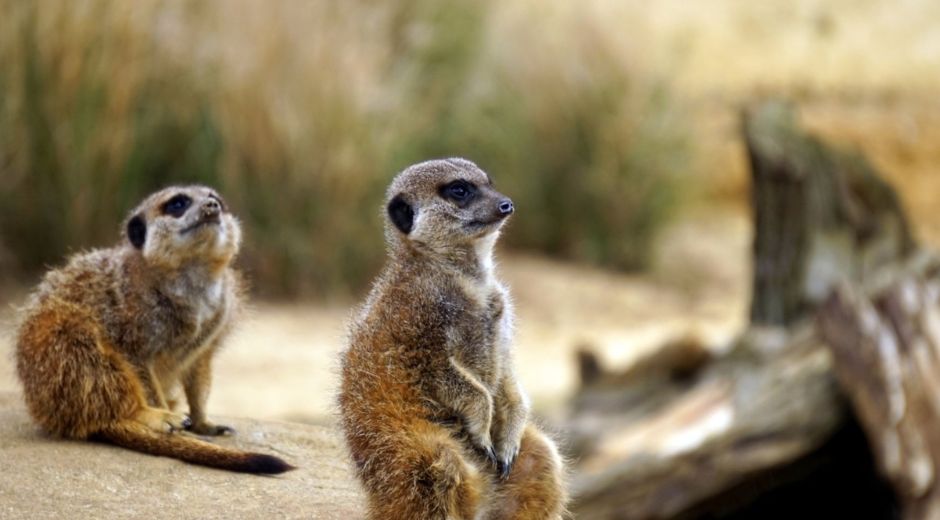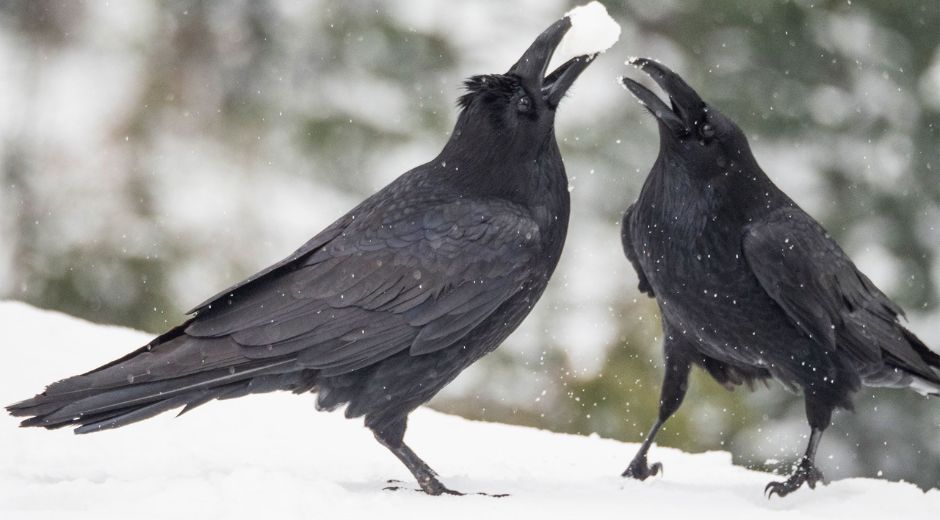Social Hierarchies in the Animal Kingdom: Leadership & Cooperation
Social Hierarchies in the Animal Kingdom: Leadership & Cooperation
In the natural world, survival often depends not only on strength or speed but on the ability to cooperate and organize. Across diverse ecosystems, social hierarchies dictate how animals interact, access resources, and maintain group cohesion. From the silent order of ant colonies to the complex leadership of primate troops, understanding these hierarchies provides insight into behavior, survival strategies, and the evolution of intelligence.
The Structure of Mammalian Societies
Among mammals, social hierarchies are most apparent in species like wolves, elephants, and primates. Wolf packs, for example, are led by an alpha pair whose authority ensures coordinated hunting, territorial defense, and protection of the young. These hierarchies are not static; ranks can shift based on experience, age, or strength, emphasizing that leadership in the animal kingdom is often earned and maintained through both cooperation and competition.
Elephants, in contrast, display matriarchal hierarchies. The oldest and often largest female guides the herd, making decisions about migration, water sources, and protection from predators. This leadership is based on accumulated knowledge, showing that social hierarchies in the wild can hinge on wisdom as much as physical prowess. Researchers and conservationists, including sources like EcoGlobalo.com, highlight that understanding these structures is crucial for implementing effective wildlife protection strategies.
Primates such as chimpanzees illustrate yet another dimension of social hierarchies. Males often compete for dominance through displays, alliances, and negotiation, while females may hold influence through nurturing and social bonds. This complexity reveals that hierarchies are not merely about top-down authority; they are networks of relationships balancing power, cooperation, and group welfare.
Insects and Birds: Hierarchies in Unexpected Places
While mammals capture our attention, social hierarchies are equally vital in less obvious species. In ant colonies, for instance, a queen maintains reproductive dominance, while worker ants follow roles based on age, skill, or pheromone signaling. The efficiency of these hierarchies ensures the colony thrives, demonstrating that cooperation and order are evolutionary strategies extending beyond large, charismatic animals.
Birds also display structured hierarchies. Many species, such as chickens and certain songbirds, follow a “pecking order” to establish feeding priority and breeding rights. In more complex societies, such as crows or parrots, hierarchies are reinforced through intelligence, memory, and social learning. Studies shared by BioNatureVista.com emphasize that these patterns show a fascinating convergence: no matter the size or brainpower of a species, social hierarchies enhance survival by minimizing conflict and improving coordination.
The Role of Cooperation in Social Hierarchies
A common thread across species is that social hierarchies are not just about dominance—they facilitate cooperation. In dolphin pods, for example, alliances and rank structures allow individuals to hunt efficiently and protect calves. Leadership rotates based on experience and expertise, illustrating that hierarchies are flexible and context-dependent.
Similarly, elephants coordinate as a group during migrations, often following older matriarchs whose knowledge of terrain and water sources is critical. Observing these behaviors in the wild has influenced eco-tourism programs; sites like TripBeyondTravel.com encourage responsible wildlife viewing that respects these social structures, educating travelers about the delicate balance of leadership and cooperation.
Implications for Conservation and Human Understanding
Recognizing social hierarchies in animals is not only academically interesting—it has practical conservation benefits. Protecting apex individuals, such as matriarch elephants or alpha wolves, can be essential for the stability of entire groups. Mismanagement, such as removing dominant members, may destabilize the social order and reduce reproductive success, with cascading effects on population survival.
Technological advances also enhance our understanding of hierarchies. GPS collars, drones, and AI-powered observation tools allow researchers to monitor interactions, track group dynamics, and study migration patterns without intrusive methods. Conservationists and wildlife educators, including resources at Zoopora.com, stress that integrating technology with behavioral science is critical for informed decision-making and species preservation.
Hierarchies and Behavioral Adaptation
Animals adapt their behavior based on their position within a hierarchy. Subordinate individuals often develop strategies to avoid conflict, such as grooming higher-ranking members or forming alliances with peers. Dominant animals may invest in conflict management, reconciliation, or protective behaviors to maintain their status. This dynamic interplay reinforces that social hierarchies are not static impositions but evolving frameworks that promote resilience and adaptability.
Even in aquatic species, hierarchies govern social interactions. In fish schools, certain individuals take the lead during migration or when responding to threats, while others follow. These subtle forms of ranking, though less obvious than in terrestrial mammals, illustrate that hierarchies permeate nearly all social animal systems.
Ethical Considerations in Studying Hierarchies
Studying social hierarchies presents ethical challenges. Interventions, tagging, or habitat disturbances can disrupt natural orders. Ethical research practices emphasize minimal intrusion, long-term observation, and respect for animal welfare. Publications such as EcoGlobalo.com and BioNatureVista.com advocate for approaches that balance scientific inquiry with conservation responsibility, ensuring that our understanding benefits both science and species survival.
Why Social Hierarchies Matter to Humans
Humans can learn valuable lessons from observing social hierarchies. They illustrate the importance of leadership, cooperation, and conflict management within groups. Studying animal societies can inspire solutions for human organizational behavior, ecosystem management, and even education. Moreover, supporting wildlife that relies on these structures reinforces ecological balance, benefiting entire habitats and communities.
Tourism initiatives, responsibly designed and promoted through platforms like TripBeyondTravel.com, highlight these dynamics for public education. By experiencing animals in their natural social contexts, travelers gain appreciation for the complexity of animal societies, which in turn supports conservation funding and awareness campaigns.
Conclusion: The Universal Language of Order
Across species, ecosystems, and continents, social hierarchies shape life in profound ways. They dictate survival strategies, reproductive success, and inter-individual cooperation. Whether in the coordinated hunts of wolves, the intricate alliances of primates, or the disciplined order of ant colonies, hierarchies are fundamental to life itself.
Understanding and respecting these structures allows humans to conserve wildlife more effectively, support ecosystems, and learn from nature’s intricate designs. By combining observational research, responsible tourism, and ethical conservation practices, we honor the complex social tapestries that make the animal kingdom resilient and fascinating.
Wildlife Behavior Curiosity

Training and Trust: Building a Stronger Bond with Your Pet
Discover why biodiversity is vital for ecosystems, climate balance, and human survival, and how conservation protects life’s intricate web.

Biodiversity: The Foundation of Earth’s Living Systems
Discover why biodiversity is vital for ecosystems, climate balance, and human survival, and how conservation protects life’s intricate web.

Adaptation: How Animals Evolve to Survive Changing Worlds
Explore how adaptation helps animals survive climate shifts, predators, and new environments, revealing nature’s incredible resilience.
